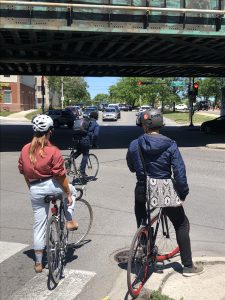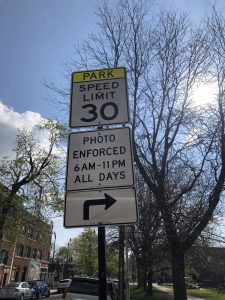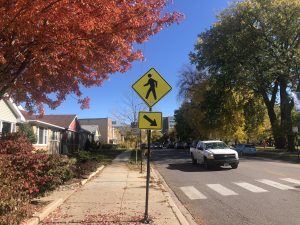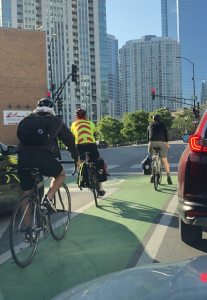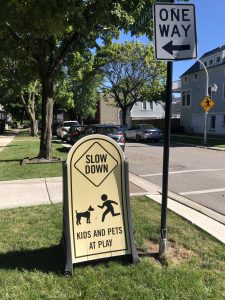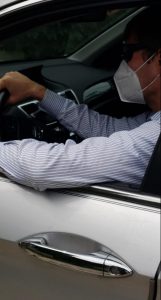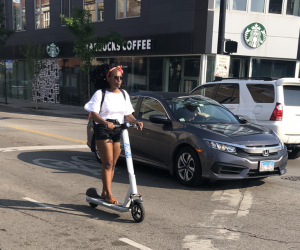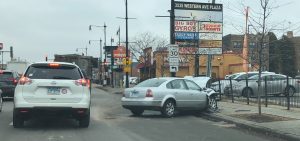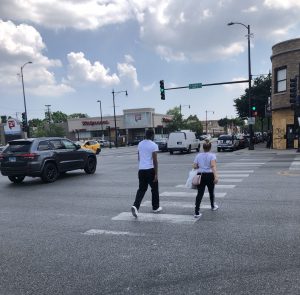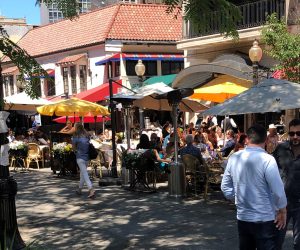
The moment that felt forever in the future has finally arrived: some semblance of normality in Chicago. We are over the bridge1 and back on somewhat solid land, with the City entering phase five and doing away with municipally-dictated capacity limits.2 Individual restaurants and venues may now determine their own Covid-related rules, which will likely mean a general loosening of restrictions. This does not mean we are stepping into a time machine and returning to the innocent days of pre-March 2020, however. Many businesses will continue to enforce capacity limits, modified mask mandates, and altered hours in order to ensure the safety of their patrons. Nevertheless, the move to phase five demonstrates that vaccination and social distancing efforts have paid off, and Chicagoans will be able to enjoy a more open city as a result.
As we all know, less restrictions means more people out and about; fuller roads and bike paths; and likely less caution as Covid-paranoia fades into the background and people enjoy their newly reclaimed freedom. This is a ripe time for accidents, which means we must remain vigilant and use our own discretion this summer, just as individual businesses are using theirs in re-opening. Rest assured, we are not here to throw a lawyerly wet blanket on your fun; by all means, roam the neighborhoods, cruise the lakefront trail, sip at rooftop bars, enjoy a 70mm film at the Music Box. But be careful out there and should anything happen in these heady post-Covid days, the injury lawyers of Zneimer & Zneimer, P.C., are here to help.
Sources
 Chicago Accident Lawyer Blog
Chicago Accident Lawyer Blog


